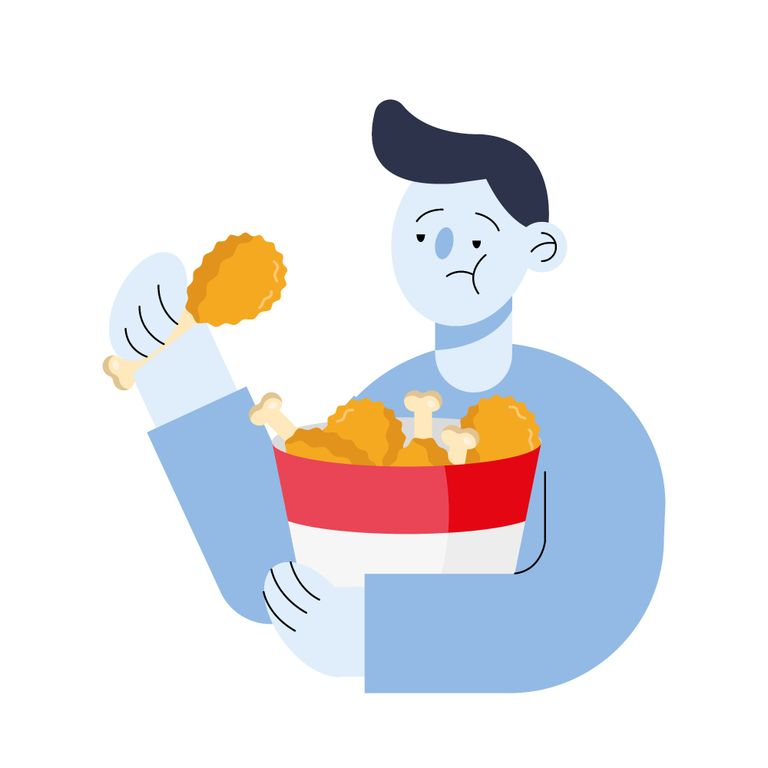Playing the BRAIN like a Piano
A standard piano has 88 keys, yet we can play everything from Mozart to Billy Joel to Blackpink on those same 88 keys. That's because every song consists of a sequence of keys, and sometimes groups of keys at a time, such that there's a near endless possibility of music that can be generated from those 88 keys.
Now imagine your brain is like a piano - each neuron is a key. We know that the brain's encoding model isn't something so simple as representing a single behavior or a single memory in a single cell. The overarching hypothesis of the lab is that neurons in the population work together to generate behavior, in sequences and groups, much like the patterns we see in music.
Our goal is to understand what those patterns are and ultimately manipulate these patterns with cellular-resolution precision, i.e. playing the brain like a piano, to influence and control animal behavior. This has important implications as potential therapies for substance use disorders and addiction, alcohol abuse, and compulsive overeating and other eating disorders.
Our lab's interests
Our systems neuroscience lab is broadly interested in motivated behaviors, i.e. behaviors that are rewarding to an animal like feeding, drinking, social interaction, and novelty-seeking. As a result, our focus is also on diseases/disorders that result from disruptions in brain areas associated with these behaviors, such as drug addiction and eating disorders. We use mice as the primary model animal in our lab. A particular focus of the lab is on studying how these different behaviors are encoded by the brain, specifically by studying large populations of neurons and the interactions between them. We also understand the importance of studying sex differences in mice performing these behaviors we're interested in.

Substance Use Disorders, Addiction, and Alcohol Abuse

Feeding and Eating Disorders

Social Interaction

Novelty-Seeking

Posttraumatic Stress Disorder (PTSD)

Sex Differences in Motivated Behaviors
Techniques we employ
Our lab stays at the cutting edge when it comes to neuroscience techniques. At MIT and Princeton, I learned the benefits of being an early adopter of several neuroscience techniques, including optogenetics, virtual reality for rodents, and simultaneous cellular-resolution imaging/stimulation. These are just a few of the techniques that we employ in the Nieh lab. We are always looking to expand our toolkit.
Optogenetics
By expressing light sensitive ion channels in specific neurons, either by viral injection or transgenic animals, we can turn specific groups of neurons on or off by shining different wavelengths of light into the brain. We can use optogenetics to observe the effects of activating or inhibiting groups and/or sequences of neurons on population neural activity and behavior.
Behavioral Assays
Studying different motivated behaviors means knowing how to design behavioral experiments to target the underlying causes for a specific behavior. Behavioral assays we employ in the lab include drug self-administration tasks, open field, conditioned and real-time place preference, social interaction tasks, tail withdrawal, feeding assays, and more.
Virtual Reality Behaviors
Virtual reality (VR) gives us complete control over an animal's environment, allowing us to design complex decision-making experiments that would otherwise be impossible to do in real life. Animals in VR are also head-fixed as they run on a floating ball and watch an IMAX screen, which allows us to use techniques like 2-photon imaging and stimulation to observe and manipulate neural activity.
2-Photon Imaging and Stimulation
Taking advantage of multiphoton absorption, we can image and stimulate neurons with single-cell precision (in fact, we can even image individual spines). Using 2-photon imaging, we can record from hundreds to thousands of cells as animals perform behavior in real-time. We can even simultaneously stimulate up to a hundred cells with single-cell precision, giving us the ability to "play the brain like a piano".
In Vivo Electrophysiology
Previous work from the lab used multielectrode arrays to record from tens of cells at a time. However, the lab is adopting the use of neuropixels, which will allow us to record from hundreds to thousands of neurons simultaneously from across many different brain regions. In order to understand the neural code underlying motivated behaviors, we will have to understand how neural activity from across the brain is integrated.
Computational Modeling of Population Dynamics and Animal Behavior
As we generate datasets with hundreds to thousand of simultaneously recording neurons, we will need to develop new computational techniques for making sense of population neural activity. In addition, to understand the complexity of animal behavior, we will utilize start-of-the-art methods for extracting animal pose information like DeepLabCut and SLEAP.
